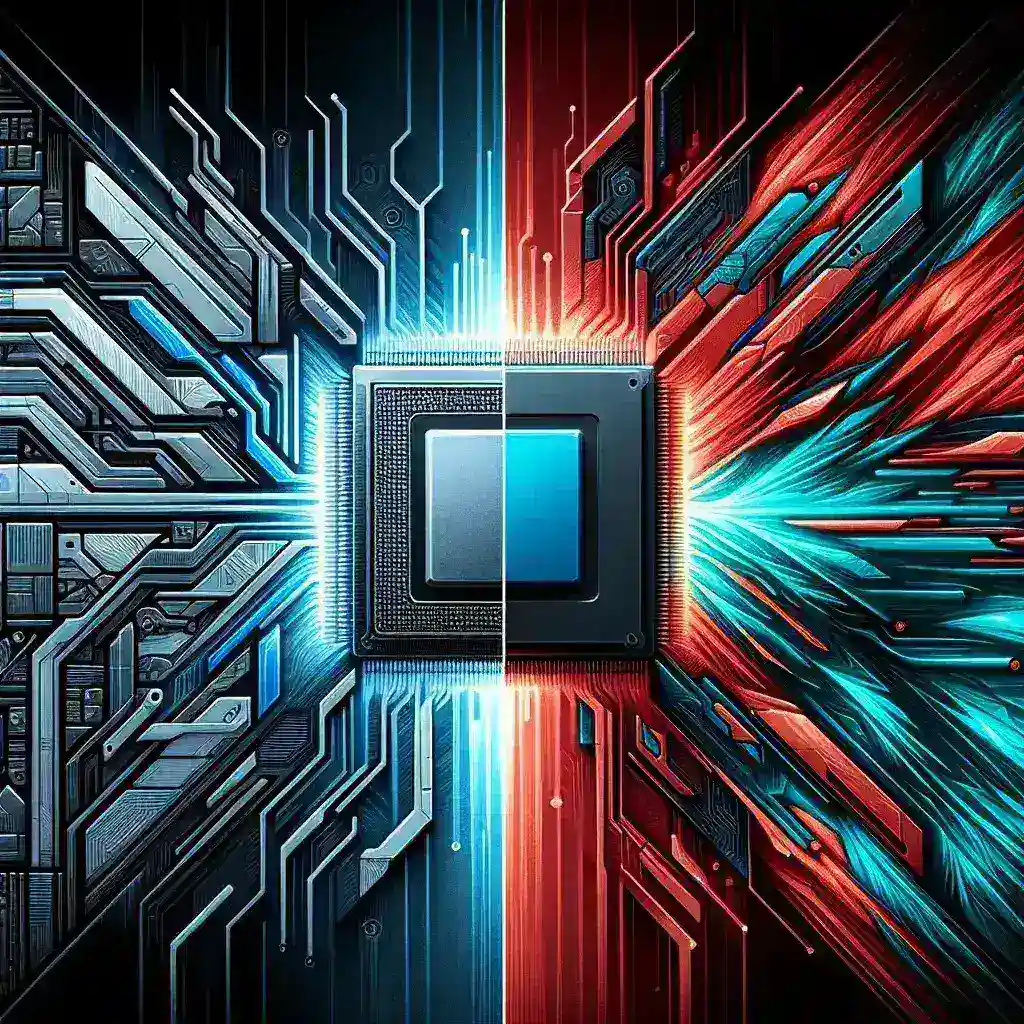Introduction
The introduction of Apple’s M2 Pro and M2 Max chips has significantly altered the landscape of high-performance computing. These advanced processors are designed to handle a variety of demanding tasks, making them essential for professionals and enthusiasts alike. In this article, we will do a deep dive into the key differences, performance comparisons, and use cases to help you make an informed decision.
Overview of M2 Pro and M2 Max
M2 Pro
The M2 Pro chip is primarily designed for users who require outstanding performance without the high-end power of its counterpart, the M2 Max. It features:
- CPU: Up to 12 cores
- GPU: Up to 19 cores
- Memory: Supports up to 32GB of unified memory
M2 Max
On the other hand, the M2 Max is the powerhouse of the two. It is tailored for professionals who push their machines to the limit with tasks like video editing, 3D rendering, and scientific computations. Its features include:
- CPU: Up to 12 cores
- GPU: Up to 38 cores
- Memory: Supports up to 96GB of unified memory
Performance Comparison
Processing Power
Both chips offer significant CPU performance, but the M2 Max holds the edge with its additional GPU cores, providing faster rendering and graphical capabilities, making it ideal for creative professionals.
Energy Efficiency
While the M2 Max excels in performance, the M2 Pro is more energy-efficient for less demanding tasks. This makes the M2 Pro an excellent choice for everyday use and productivity applications.
Use Cases
When to Choose M2 Pro
If you’re a software developer, writer, or someone who primarily uses office applications, the M2 Pro is ideal for you. Its balance of power and efficiency can handle most workloads without being overkill.
When to Choose M2 Max
For video editors, graphic designers, or data scientists who work with intensive applications, the M2 Max will provide the headroom needed for seamless multitasking and high-resolution media processing.
Conclusion
In summary, the choice between the M2 Pro and M2 Max largely depends on your specific needs and usage scenarios. While both chips offer impressive capabilities, understanding their differences will help you select the right one for your computing tasks. Your choice will reflect not just your performance needs, but also how you plan to utilize the power of Apple’s silicon architecture.

